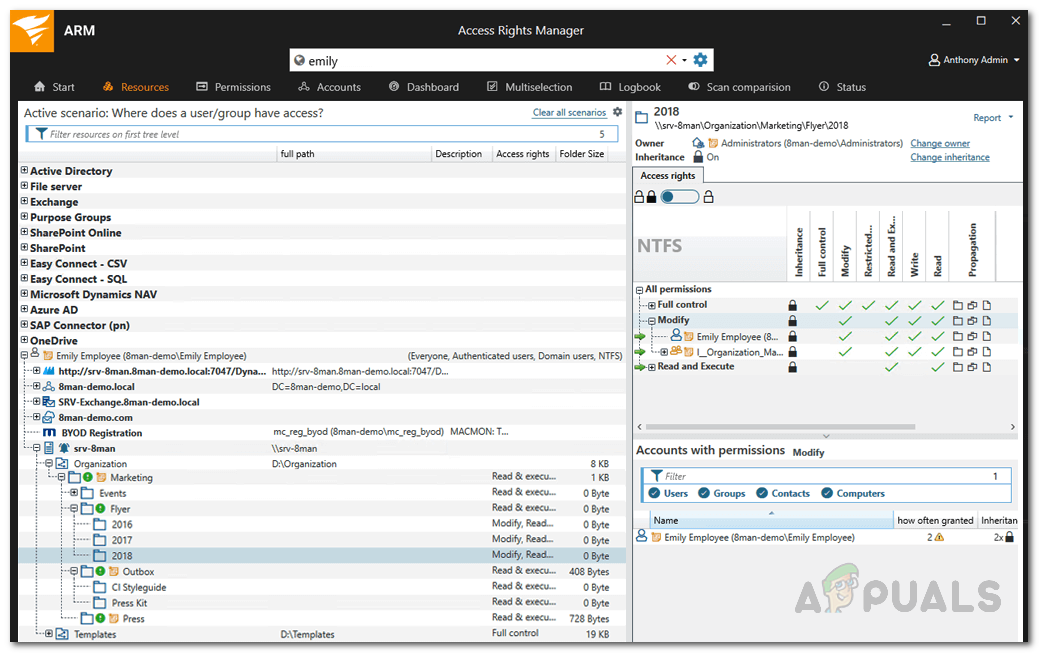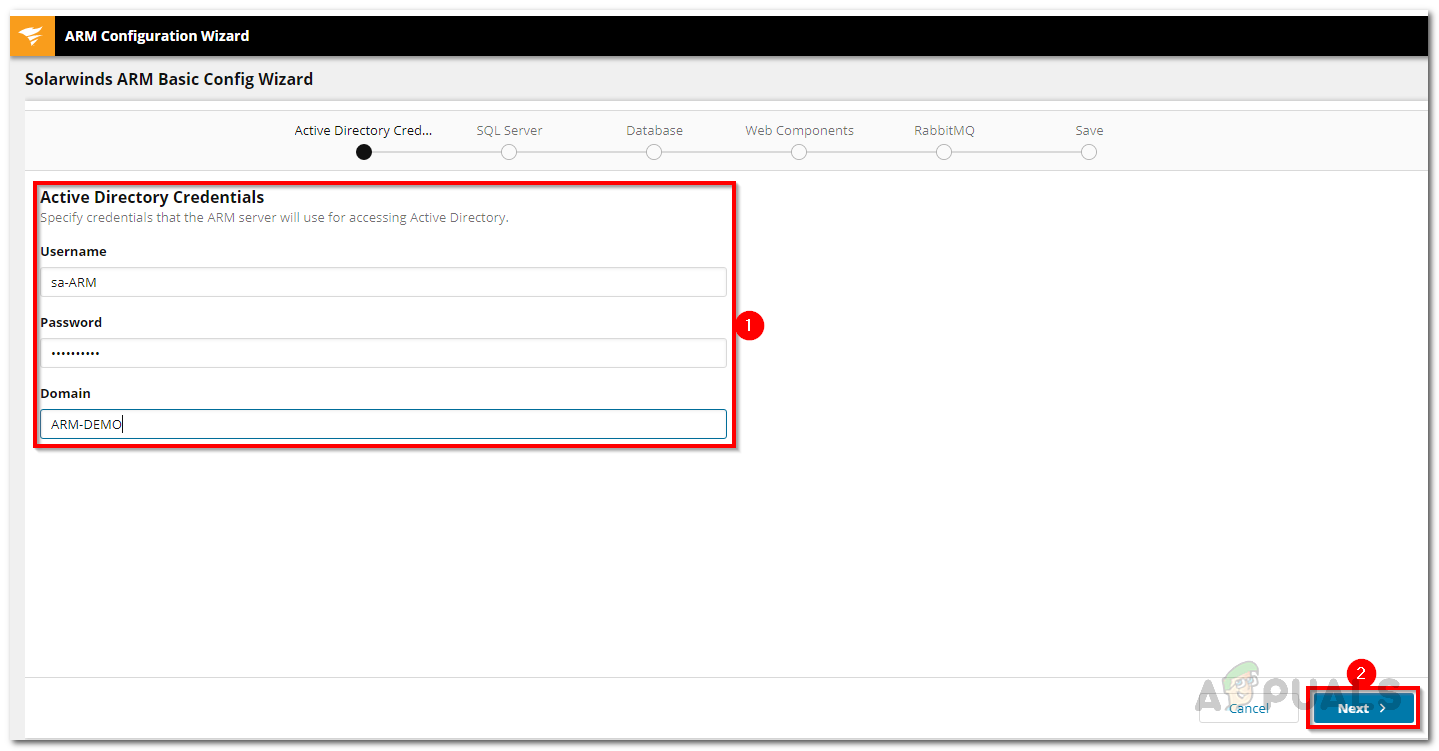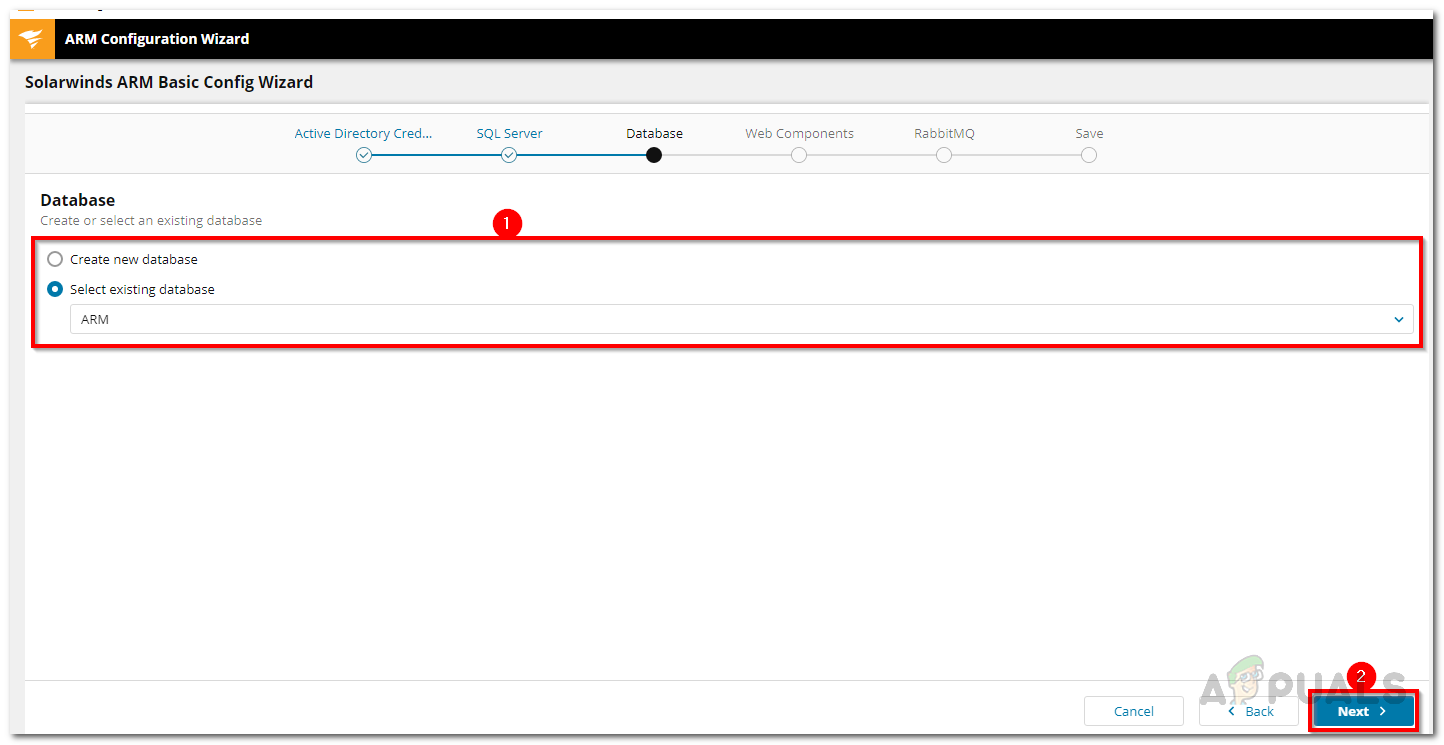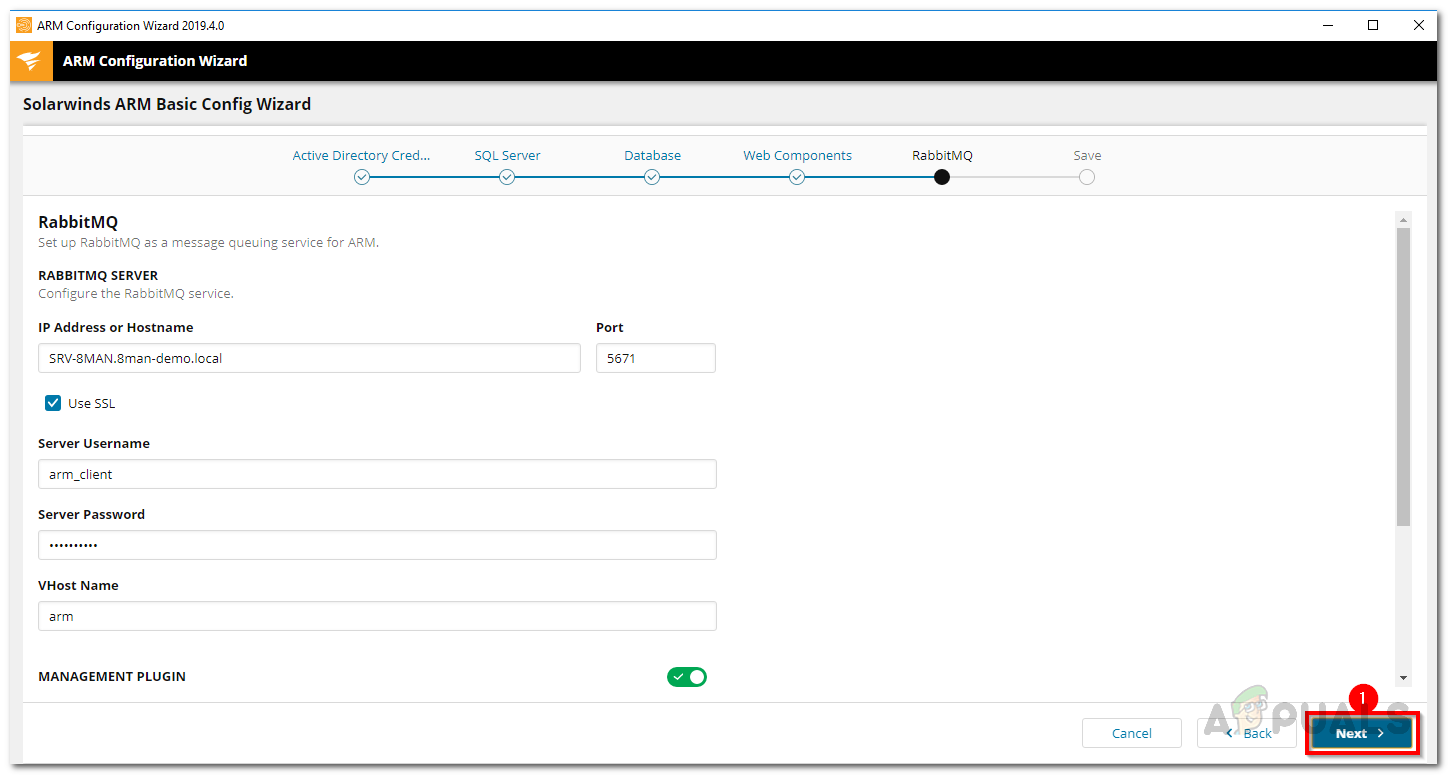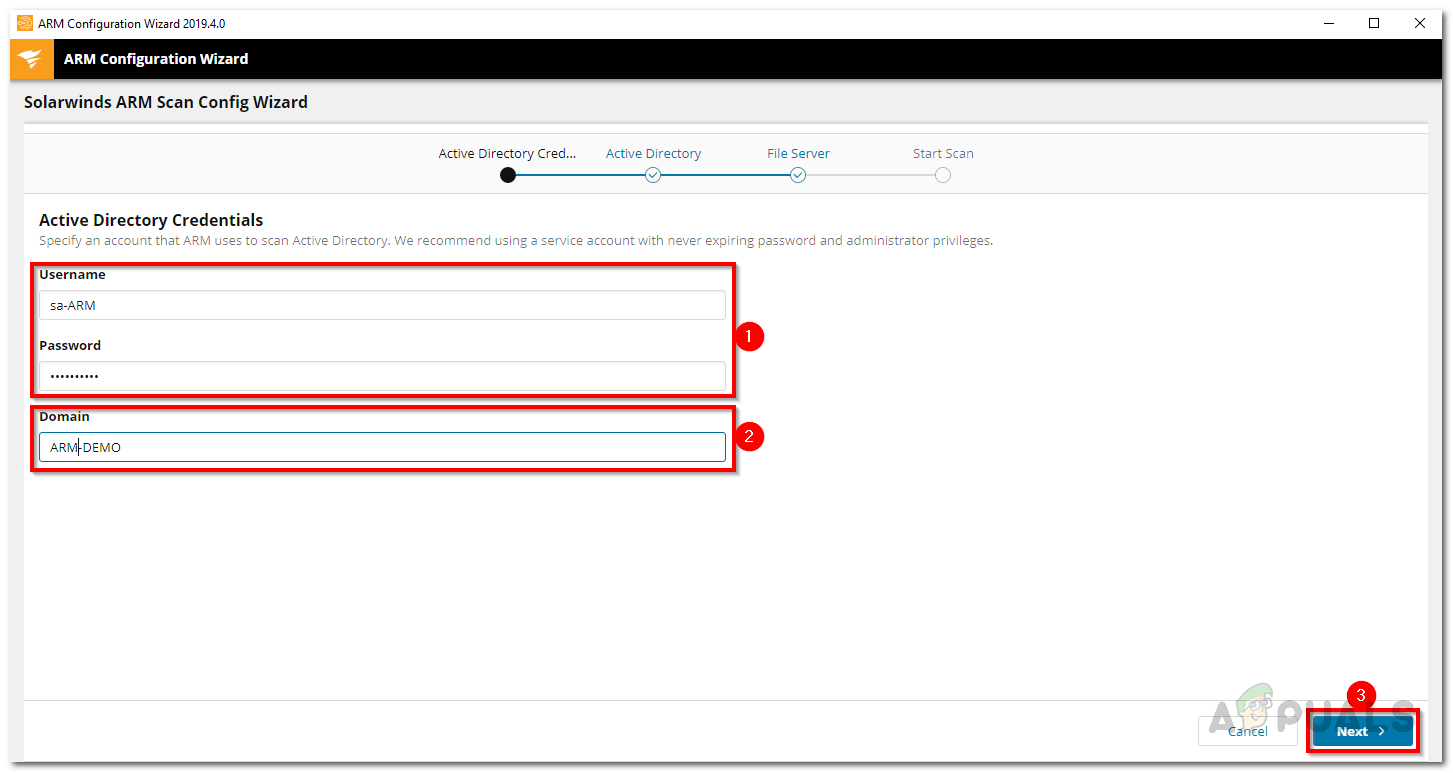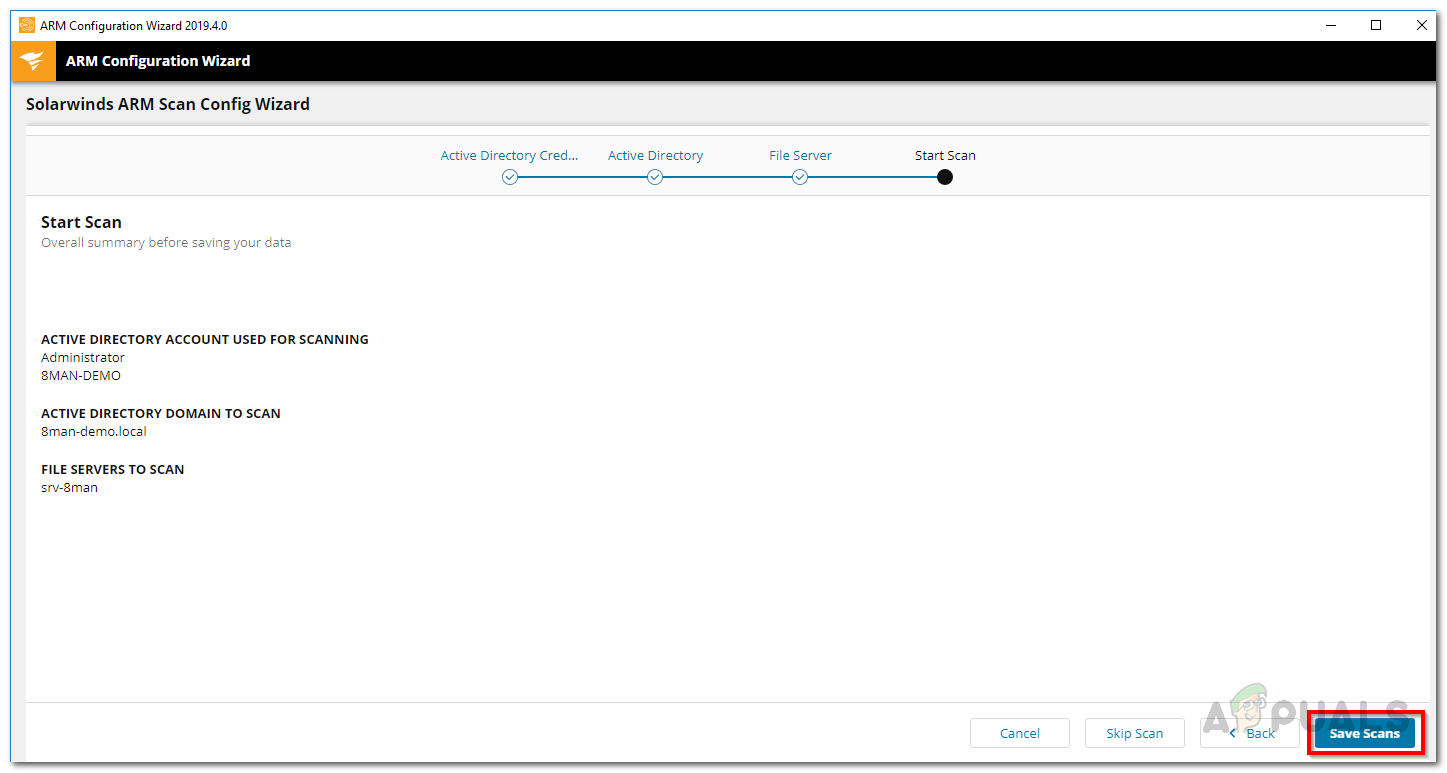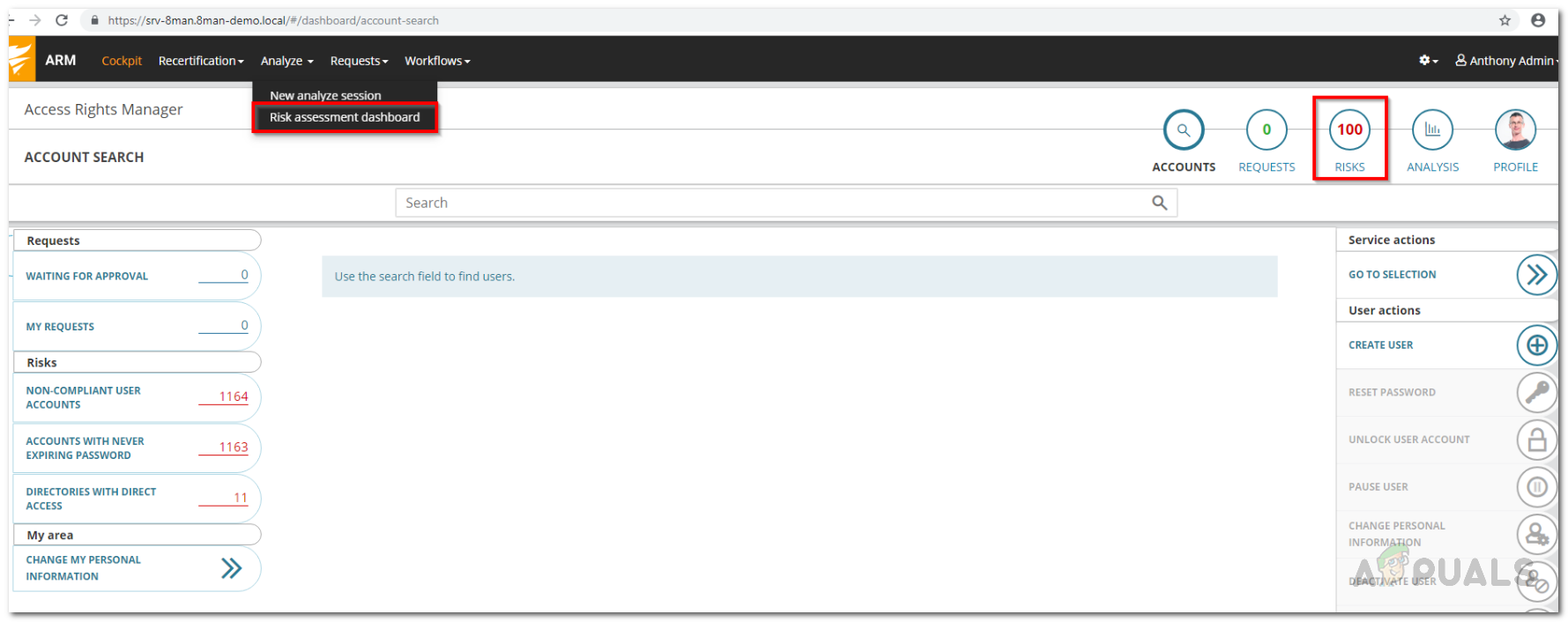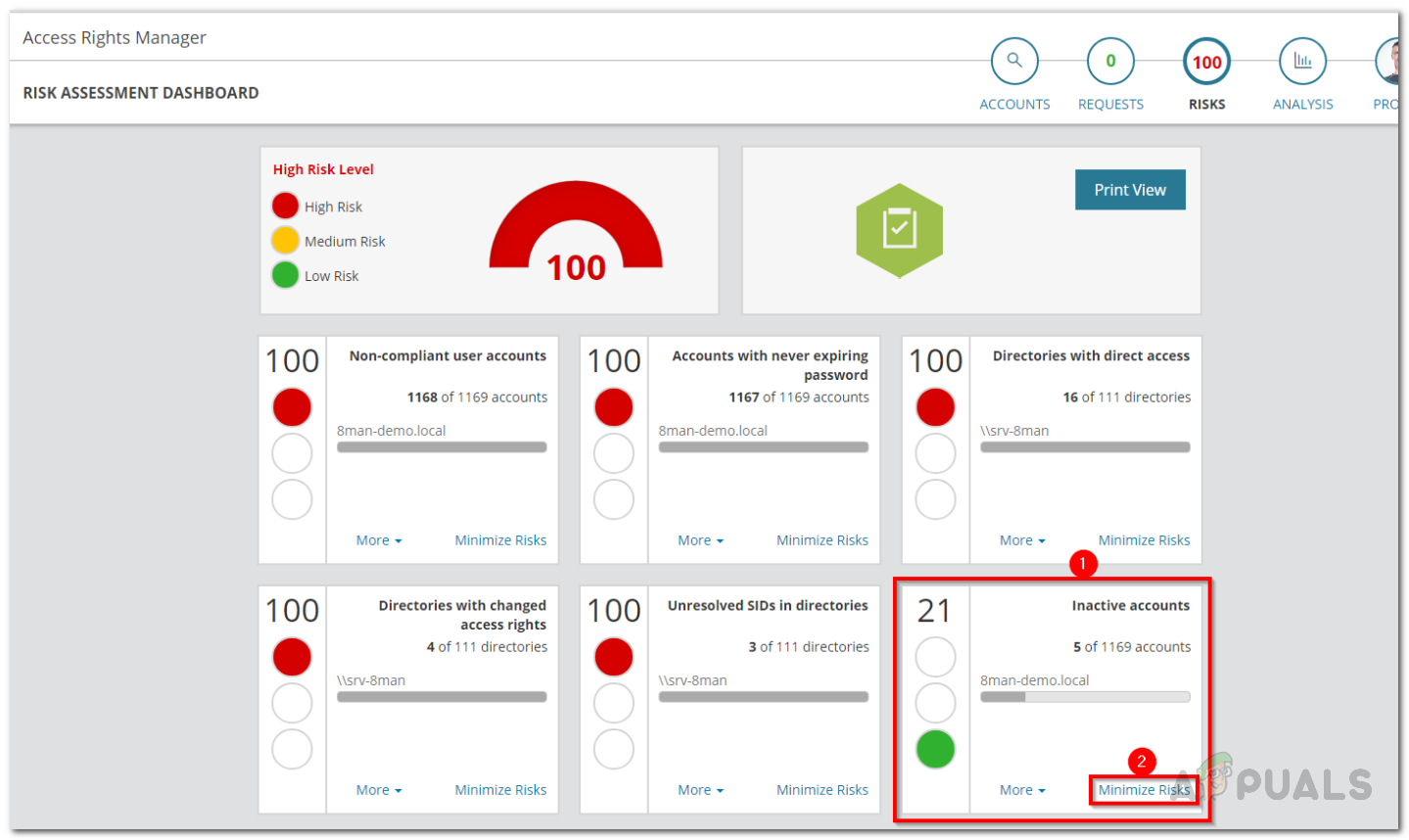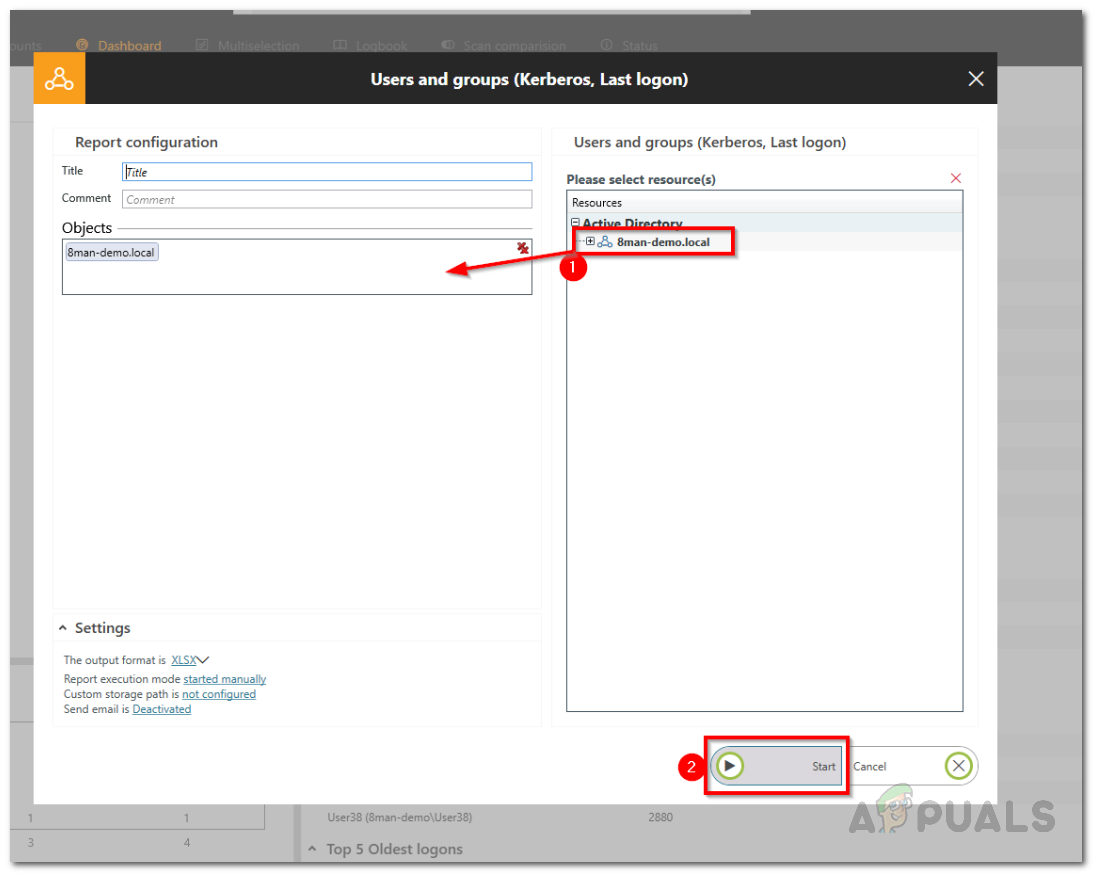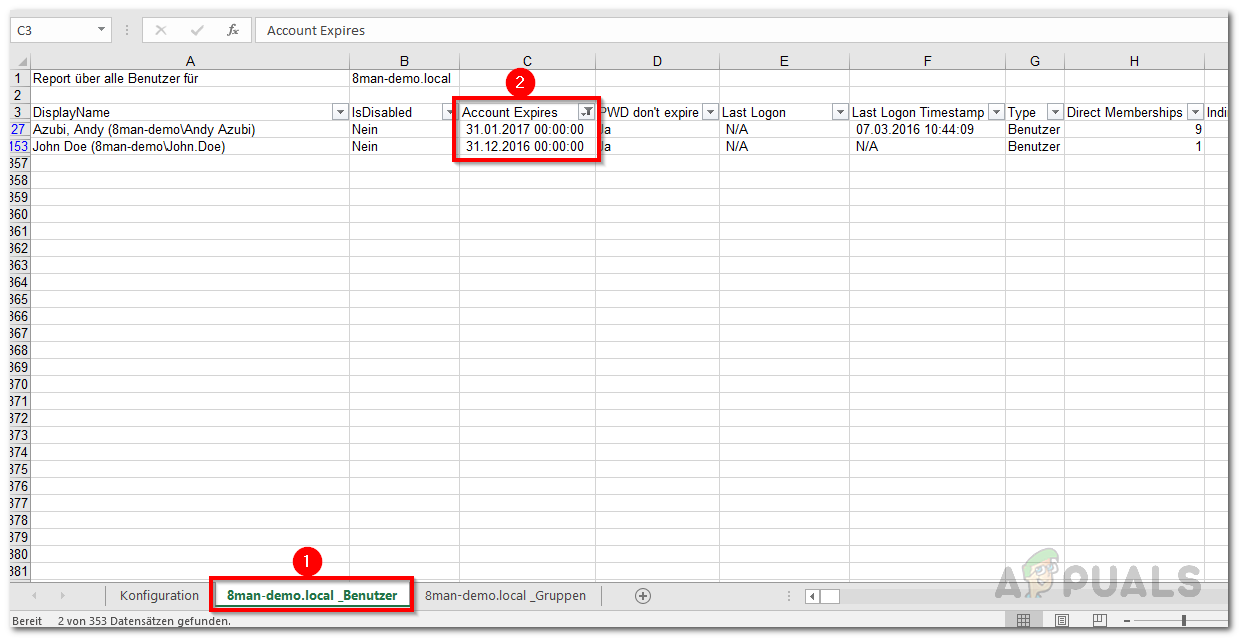As data becomes more and more valuable, network administrators have to make sure that the required actions have been taken to ensure that your data is safe at all times. One of the ways data can often be stolen is through inactive accounts that lie dormant in the Active Directory. One of the worst things about this is that it is usually not detected and thus you don’t know how the data was made public. That is why, having an access management software in place is very important that offers functionalities like these so that you can always delete the accounts that have been lying dormant for a while and are no longer needed. If you neglect this and keep up with the normal management, your Active Directory structure will be a mess, which as a result affects the performance of the network. Unfortunately, most of the organizations do not consider using an Access Rights Manager even though it helps in so many different ways. From identifying inactive accounts to improving the overall security of the network, ARM has so many advantages. In this guide, we will be walking you through the process of finding inactive and expiring user accounts that exist in your Active Directory.
Downloading the Solarwinds Access Rights Manager
Having a clear guideline of who can access and view what resources in a network is really beneficial. That is one of the importances of an Access Right Manager. There are, without a doubt, many vendors that offer access right management software, however, the one that stands out the most is the Solarwinds Access Rights Manager. Solarwinds Access Rights Manager (download here) is hands down an industry favorite when it comes to managing the access rights of the various user accounts and groups that you have in your Active Directory. Not only limited to AD, you can also manage OneDrive and many other file servers with the help of Access Right Manager. The tool also keeps track and manages your file server so you will be notified whenever there is an unauthorized access to the file servers. With a simple and instinctive user interface, every new IT admin feels at home and can easily start using the software to its fullest. We will be using the Solarwinds Access Rights Manager in this guide so make sure to download and install the software on your system. You can avail the trial period if you wish to evaluate the product for yourself. During the installation, if you wish to use an existing SQL server, make sure to select Advanced Installation instead of the default Express Installation option. Once you have installed the tool, you will have to configure it which we will be showing down below.
Setting up Access Rights Manager
After you install the Access Rights Manager tool on your system, you will have to configure it for when you run it the first time. During the configuration, you will have to provide Active Directory details, provide an existing database or create a new one along with other details. Other than that, after the configuration wizard, you will have to go through the scan wizard in which the tool scans your Active Directory so that it has all of the details when you try to use it. When you run ARM for the first time, you will be automatically taken to the configuration wizard where you will have to login. Here, provide the details of the user account that was used to install the tool to login. After that, the configuration wizard begins through which you will be guided. Just follow the instructions given down below.
Locating Inactive Accounts in Active Directory
Once the ARM server has started and you are done with the configuration wizard, you are ready to use the Access Rights Manager tool. Now, we can use the tool to find any inactive accounts. These accounts are often the cause of security leaks and many more anomalies so it is important that you are aware of them and can delete any if they are no longer needed. This can be very easily done thanks to ARM. This method is per the web client so make sure you are using the web client. If you don’t know how to access the web client, just open up the Configuration Wizard by searching for it and then go to Server. It will show you the URL and other related stuff. Here’s how to find inactive accounts:
Locating Expiring User Accounts in Active Directory
With the help of Access Rights Manager, you can keep an eye on the accounts that are going to expire soon. These usually are the accounts given external employees or in some cases, interns. For this, you do not need the web client and can be done on the desktop version of the product. Here’s how to locate any expiring accounts:
How to Manage User and Computer Accounts using Admin Bundle For Active…How to Check the Action History of a User Account in Active Directory?Fix: The Active Directory Domain Services is currently unavailable ‘Windows 7, 8…How to Identify Recursive and Empty Groups in Active Directory using Access…
